
- Home
- Online auctions
-
Ended auctions
- Coins & Medals
- Philately
- Antiquities
- Old Masters
- Jewellery, Silver, Watches
- Ancient and Modern Glyptic
- Ceramics
- Antiques
- Modern & Contemporary Art
- 20th Century Design and Decorative Arts
- Prints and Multiples
- Asian and Tribal Art
- Photography
- Medieval Art
- Ancient Frames
- Fashion, Textiles & Luxury
- Books, Autographs and Memorabilia
- Wines and spirits
- Oddities, Curiosities & Wonders
- Info
- Live Auction
- Home
- Auction 244
- 347 Display case with ceroplast skeleton and skulls - c. 1700, ...
Lot 347 - Auction 244
Bids
Description
Display case with ceroplast skeleton and skulls - c. 1700, area GAETANO GIULIO ZUMBO
Ceroplasty, wood and glass case.
Ceroplasty, or the ancient art of working with wax, has been used since antiquity in the funerary and devotional spheres, and later from the 17th century it was also widely used for the didactic reproduction of anatomical, zoological and botanical models. In the course of time, ceroplastics became famous for its representations especially in the anatomical field, thanks to artists such as Gaetano Giulio Zumbo (Syracuse 1656- Paris 1701).
With the passage of time and the refinement of techniques, four main strands were identified within ceroplastics: the hyperrealist strand, which mainly reproduced macabre scenes, and the vedutist strand, which produced suggestive views.
This artefact, like others of the 17th century, does not merely reproduce reality but offers a dramatic and grotesque vision of the transience of life. These representations, like other similar ones of his time, had "the function of exorcising the illness, pain and pestilence" that was rampant at the time; in fact, according to 17th-century thinking, surrounding oneself with these images distanced death itself. The shrine can probably be placed in the domain of Abbot Giulio Gaetano Zumbo.
The scene is set inside a trapezoidal glass case edged in wood. The composition is essential but rich in detail: a man lies semi-reclining against a rock, his head tilted back and his face marked by suffering. The body, covered only by a drape in the lower abdomen, is corrupted by decomposition and emerges from a disgusting scenario in which some animals are attacking the putrescent flesh: scorpions and rats, according to a seventeenth-century symbolic interpretation, represent anguish, disgust and degradation. The backdrop closes with a tapestry and drapery while the scene is completed with skulls and bones. This juxtaposition is closely linked to the theme of the memento mori, very successful in the 17th century, in which the obsessive reflection on the transience of life and the transience of fortune dominated, dictated by the awareness that man was alone and that his existence was precarious, brief and continually at the mercy of fate.
Wooden case:
Height x width x depth: 23 x 36 x 17 cm.
Item condition grading: **** good (slight faults).
Please use the registration form to send us your participation request, or, if you are already registered and authorized, use the login box on the top.
For any information please contact info@bertolamifineart.com
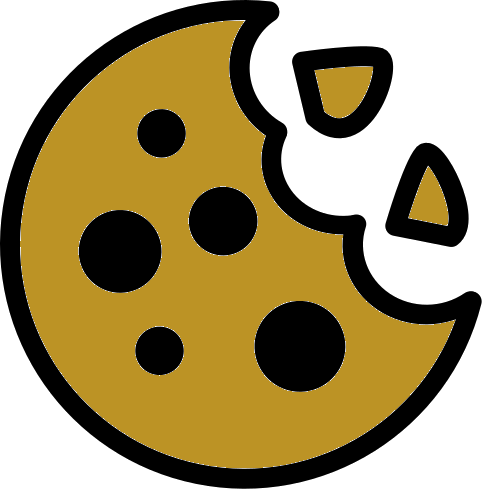 Respecting your privacy is our priority
Respecting your privacy is our priority
This site uses cookies to improve user experience and to collect information on the use of the site. There are also cookies that can be used for the selection of personalized advertisements and promotional content. You can read our cookie policy, accept all cookies and continue browsing by clicking on "Accept" or customize your choice by clicking on "Customize".
Cookie Policy
Cookies
To make this site work properly, we sometimes install small data files called "cookies " on your device. Most of the big sites do the same.
What are cookies?
A cookie is a small text file that websites save on your computer or mobile device while you visit them. Thanks to cookies, the site remembers your actions and preferences (for example login, language, font size and other display settings) so that you do not have to re-enter them when you return to the site or browse from one page to another.
How do we use cookies?
Third party cookies
Google Analytics
This site uses Google Analytics to collect information about the use of users of its website. Google Analytics generates statistical and other information through cookies, stored on users' computers. The information generated relating to our website is used to make reports on the use of websites. Googl
How to control and modify cookies?
You can modify or withdraw your consent at any time from the cookie declaration on our website.
Privacy Policy
Find out more about who we are, how you can contact us and how we process personal data in our privacy policy .
The necessary cookies help to make the website usable by enabling basic functions such as page navigation and access to protected areas of the site. The website cannot function properly without these cookies.
| Name | Supplier | Purpose | Expiry |
|---|---|---|---|
| cookieConsent | Bid Inside | Stores the user's cookie consent status for the current domain | 6 months |
| PHPSESSID | Bid Inside | Preserve the user's status in the different pages of the site. | When the browsing session ends |
| f_display | Bid Inside | The f_display cookies memorize the display mode chosen by the user in the pages where there are lists | When the browsing session ends |
| f_page | Bid Inside | The f_page cookies store the page viewed by the user in the pages where there are lists | When the browsing session ends |
| f_rec_page | Bid Inside | The f_rec_page cookies store the number of elements to be displayed per page chosen by the user in the pages in which there are lists | When the browsing session ends |
| f_order_by | Bid Inside | The f_order_by cookies store the sorting parameter selected by the user in the pages where there are lists | When the browsing session ends |
| f_order_dir | Bid Inside | The f_order_dir cookies store the ordering direction chosen by the user in the pages where there are lists | When the browsing session ends |
| watch_list_show_imgs | Bid Inside | The watch_list_show_imgs cookie stores the user's choice to show or hide lot images on the watch list page | When the browsing session ends |
| selected_voice | Bid Inside | The selected_voice cookie stores the voice selected by the user for the speech synthesis present in the live auction | 1 Month |
| include_autobids | Bid Inside | The include_autobids cookie stores the user's choice to show or hide their auto-bids on the 'Your bids' page | 6 months |
Analytical cookies help to understand how visitors interact with the website, collecting and transmitting statistical information to the Data Controller.
| Name | Supplier | Purpose | Expiry |
|---|---|---|---|
| _ga | Register a unique ID used to generate statistical data on how the visitor uses the website. | 2 years | |
| _gat_gtag | Used by Google Analytics to limit the frequency of requests | 1 day | |
| _gat | Used by Google Analytics to limit the frequency of requests | 1 day | |
| _gid | Register a unique ID used to generate statistical data on how the visitor uses the website. | 1 day | |
| __utma | Bid Inside | Used to distinguish users and sessions. The cookie is created when the javascript library executes and no existing __utma cookies exists. The cookie is updated every time data is sent to Google Analytics. | 2 years |
| __utmt | Bid Inside | Used to throttle request rate. | 10 minutes |
| __utmb | Bid Inside | Used to determine new sessions/visits. The cookie is created when the javascript library executes and no existing __utmb cookies exists. The cookie is updated every time data is sent to Google Analytics. | 30 minutes |
| __utmc | Bid Inside | Not used in ga.js. Set for interoperability with urchin.js. Historically, this cookie operated in conjunction with the __utmb cookie to determine whether the user was in a new session/visit. | When the browsing session ends |
| __utmz | Bid Inside | Stores the traffic source or campaign that explains how the user reached your site. The cookie is created when the javascript library executes and is updated every time data is sent to Google Analytics. | 6 months |
| __utmv | Bid Inside | Used to store visitor-level custom variable data. This cookie is created when a developer uses the _setCustomVar method with a visitor level custom variable. This cookie was also used for the deprecated _setVar method. The cookie is updated every time data is sent to Google Analytics. | 2 years |
Preference technical cookies allow a website to remember information that affects the way the site behaves or presents itself, such as your preferred language or the region you are in.
We do not use cookies of this type.Profiling cookies are used for marketing purposes, to monitor website visitors. The intent is to display relevant and engaging ads for the individual user.
| Name | Supplier | Purpose | Expiry |
|---|---|---|---|
| _fbp | Facebook Pixel, targeting and advertising cookie. This cookie allows us to show our advertising to people who have already visited our website, when they are on Facebook or on a digital platform supported by Facebook Advertising. | 6 months | |
Unclassified cookies are cookies that are being classified, together with individual cookie providers.
We do not use cookies of this type.




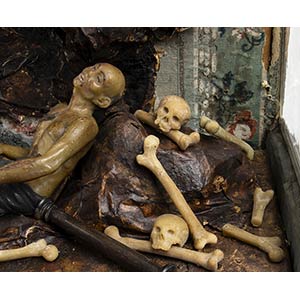
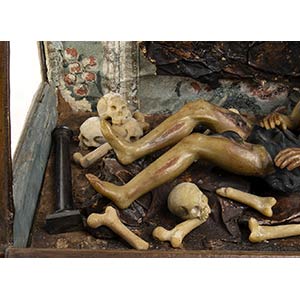
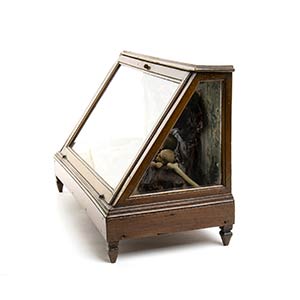
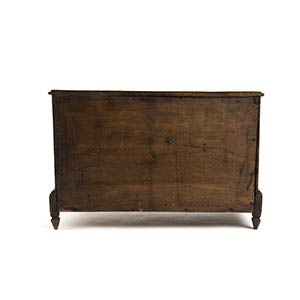

 348
348